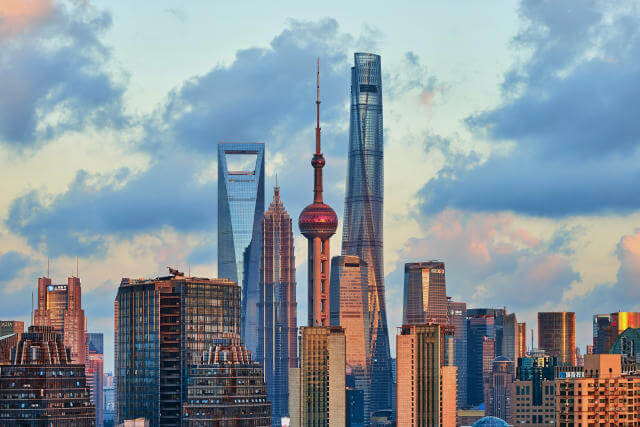Sora’s Leak: Artists’ Fury Fuels a Revenge Against OpenAI
Introduction:
The AI art world is ablaze. A significant leakof Sora, OpenAI’s highly anticipated text-to-video AI model, has ignited a firestorm of controversy, prompting a wave of revengeactions from artists who feel betrayed by the technology’s potential to undermine their livelihoods and creative integrity. The leaked testing channels have spread like wildfire across the internet, raising serious questions about data security, intellectual property, and the ethical implications of rapidly advancing AI.
The Leak and its Fallout:
The leak itself remains shrouded in some mystery. While the exact source remains unconfirmed, numerousunofficial channels offering access to Sora’s testing platform have emerged online. This unauthorized access allows users to generate high-quality videos from simple text prompts, bypassing OpenAI’s intended controls and safeguards. The leaked version’s capabilities, reportedly exceeding those publicly demonstrated, have sent shockwaves through the artistic community.
The immediate reaction from many artists has been one of outrage. Years of painstaking work, honing skills and developing unique styles, are now threatened by an AI capable of replicating—and potentially surpassing—human creativity. The ease withwhich users can generate visually stunning videos raises concerns about the devaluation of artistic labor and the potential for widespread copyright infringement. The fear is not merely about imitation, but about the potential for AI to learn and adapt, effectively erasing the need for human artists in certain sectors.
Artists’ Revenge and theEthical Debate:
The artists’ response has been multifaceted. Beyond expressing their anger and frustration on social media platforms, some have engaged in what can be described as a form of digital revenge. This includes using the leaked access to create satirical videos highlighting the ethical dilemmas posed by Sora, generating works that parody thestyle of prominent artists, or even creating AI-generated art that explicitly critiques the technology itself. These actions, while controversial, represent a powerful form of protest against what many see as a reckless and potentially exploitative deployment of AI.
The ethical implications of this situation are profound. OpenAI, despite its statedcommitment to responsible AI development, faces criticism for the apparent security lapse that led to the leak. The company’s efforts to control access to Sora have been demonstrably insufficient, raising questions about its ability to manage the risks associated with powerful AI technologies. Furthermore, the leak highlights the broader ethical concerns surrounding AI-generated content, including issues of ownership, copyright, and the potential for misuse.
The Broader Context of AI Art and Copyright:
The Sora leak is not an isolated incident. It underscores the ongoing tension between technological advancement and artistic integrity in the burgeoning field of AI art. Similar concerns have been raisedabout other AI art generators, such as Midjourney and Stable Diffusion, prompting debates about fair use, copyright infringement, and the very definition of authorship in the digital age. The legal landscape remains largely undefined, leaving artists vulnerable to the potential exploitation of their work by AI systems.
The rapid pace of AI development furthercomplicates the issue. As AI models become increasingly sophisticated, the line between human creativity and AI-generated content becomes increasingly blurred. This necessitates a broader societal conversation about the ethical implications of AI, its potential impact on various industries, and the need for robust regulatory frameworks to protect artists’ rights and prevent the misuseof AI technology.
The Future of AI Art and the Need for Regulation:
The Sora leak serves as a stark warning. It highlights the urgent need for greater transparency, accountability, and regulation in the development and deployment of AI art generators. OpenAI and other AI developers must prioritize robust security measures toprevent future leaks and ensure responsible use of their technologies. Furthermore, policymakers need to engage in a proactive dialogue with artists, technologists, and legal experts to develop comprehensive legal frameworks that address the unique challenges posed by AI-generated content.
This includes exploring mechanisms for compensating artists whose work is used to train AI models, clarifying copyright laws in the context of AI-generated art, and establishing ethical guidelines for the development and use of AI art technologies. The future of art and creativity hinges on finding a balance between technological innovation and the protection of artists’ rights and livelihoods. The Sora leak, while unfortunate, provides a critical opportunityto initiate these crucial conversations and shape a more responsible and equitable future for AI art.
Conclusion:
The Sora leak and the subsequent artists’ revenge represent a pivotal moment in the ongoing debate surrounding AI art. It is a stark reminder of the ethical complexities and potential risks associated with rapidly advancing AI technologies. Moving forward, a collaborative effort involving AI developers, artists, policymakers, and the broader public is crucial to navigate the challenges and opportunities presented by AI art, ensuring a future where technology empowers creativity rather than undermining it. The time for proactive dialogue and decisive action is now.
References:
*36Kr article: Sora 遭遇严重泄露,艺术家愤怒「复仇」OpenAI,测试渠道全网疯传 (Link to the original Chinese article – This would be included if a link were available)
* (Further academic papers and news articles on AI art, copyright, and ethicalconsiderations would be cited here using a consistent citation style, such as APA.)
Views: 0
